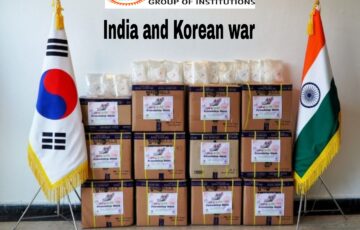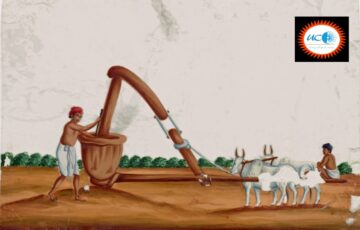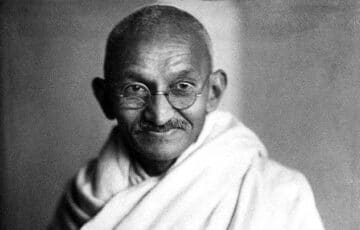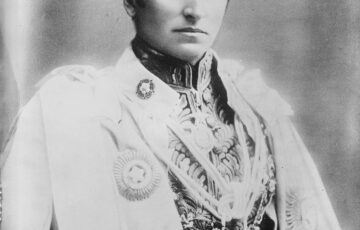Home Rule Movement
What are the objectives of the Home Rule Movement? How were these objectives helpful in the Indian freedom struggle? Why did the movement fade out by 1919? Explain.
Approach:
|
Answer
- The home rule movement was the Indian response to the First World War in a less charged but in a more effective way. With people already feeling the burden of war time miseries caused by high taxation and a rise in prices, Tilak and Annie Besant ready to assume the leadership the movement started with great vigour.
- Two Indian Home Rule Leagues were organized on the lines of the Irish Home Rule Leagues and they represented the emergence of a new trend of aggressive politics. The League campaign aimed to convey to the common man the message of home rule as self-government.
Objectives of Home Rule Movement
- To achieve self-government in India.
- To promote political education and discussion to set up agitation for self-government.
- To build confidence among Indians to speak against the government’s suppression.
- To demand a larger political representation for Indians from the British government.
- To revive political activity in India while maintaining the principles of the Congress Party.
Major contributions of Home Rule Movement to the freedom struggle of India:
- The leagues organized demonstrations and agitations.
- There were public meetings in which the leaders gave fiery speeches.
- They were able to create a stir within the country and alarm the British to such an extent that Annie Besant was arrested in June 1917.
- This move by the British created a nation-wide protest and now even moderate leaders joined the league. Besant was released in September 1917.
- The Home Rule League functioned throughout the year as opposed to the Congress Party whose activities were confined to once a year.
- The movement was able to garner huge support from a lot of educated Indians. In 1917, the two leagues combined had around 40,000 members.
- Many members of the Congress and the Muslim League joined the league. Many prominent leaders like Muhammad Ali Jinnah, Joseph Baptista, G S Kharpade and Sir S Subramanya Iyer were among its members.
- The moderates, extremists and the Muslim League were briefly united through this movement.
- The movement was able to spread political consciousness to more regions in the country.
- This movement led to the Montague Declaration of 1917 in which it was declared that there would be more Indians in the government leading to the development of self-governing institutions ultimately realising responsible governments in India.
- This Declaration, also known as August Declaration, implied that the demand for home rule would no longer be considered seditious. This was the biggest significance of the movement.
Reasons for movement to fade out
- The movement was not a mass movement. It was restricted to educated people and college students.
- The leagues did not find a lot of support among Muslims, Anglo-Indians and non-Brahmins from Southern India as they thought home rule would mean a rule of the upper caste Hindu majority.
- Many of the moderates were satisfied with the government’s assurance of reforms (as preluded in the Montague Declaration). They did not take the movement further.
- Annie Besant kept oscillating between being satisfied with the government talk of reforms and pushing the home rule movement forward. She was not able to provide firm leadership to her followers. Although ultimately she did call the reforms ‘unworthy of Indian acceptance’.
- In September 1918, Tilak went to England to pursue a libel case against Sir Ignatius Valentine Chirol, British journalist and author of the book ‘Indian Unrest’. The book contained deprecatory comments and had called Tilak the ‘Father of Indian Unrest.’
- The Government made use of Defence of India Act, 1915 to curb the activities of the agitators.
- Students were prohibited from attending Home Rule meetings.
- Tilak was prosecuted and his entry in Punjab and Delhi was banned.
- Indian Press Act of 1910 was imposed on the press and restrictions were enforced.
- Tilak’s absence and Besant’s inability to lead the people led to the movement’s fizzing out.
- The movement was left leaderless with Tilak going abroad and Besant unable to give a positive lead.
- After the war, Mahatma Gandhi gained prominence as a leader of the masses and the Home Rule Leagues merged with the Congress Party in 1920.
Conclusion
- The home rule movement lent a new dimension and a sense of urgency to the national movement. Although its role in the Indian independence movement had been modest, it did succeed in helping to sustain the movement’s impetus during the war years—as manifested in the signing of the Lucknow Pact in December 1916.
- The Indian Home Rule movement was a movement in British India on the lines of Irish Home Rule movement and other home rule movements. The movement lasted around two years between 1916–1918 and is believed to have set the stage for the independence movement under the leadership of Mahatma Gandhi.







